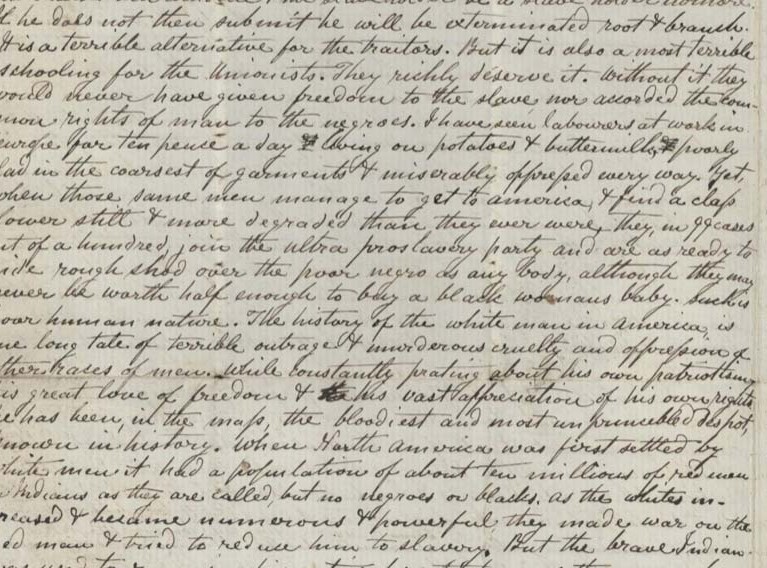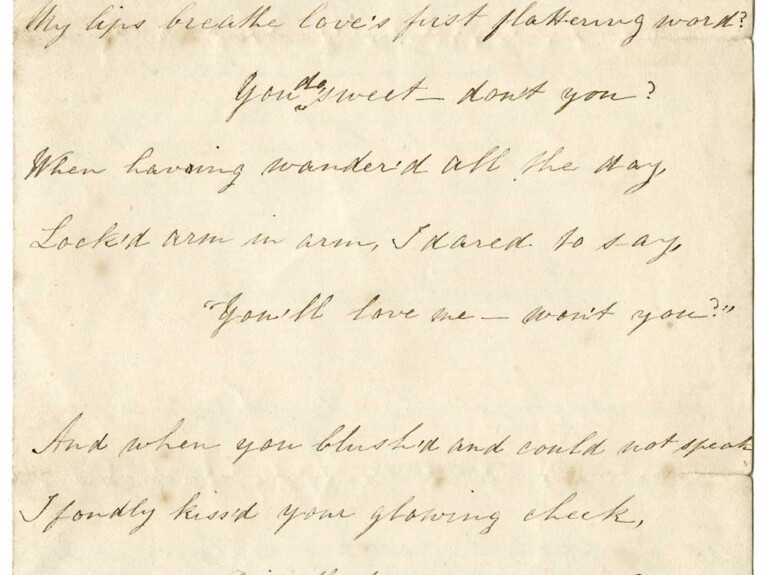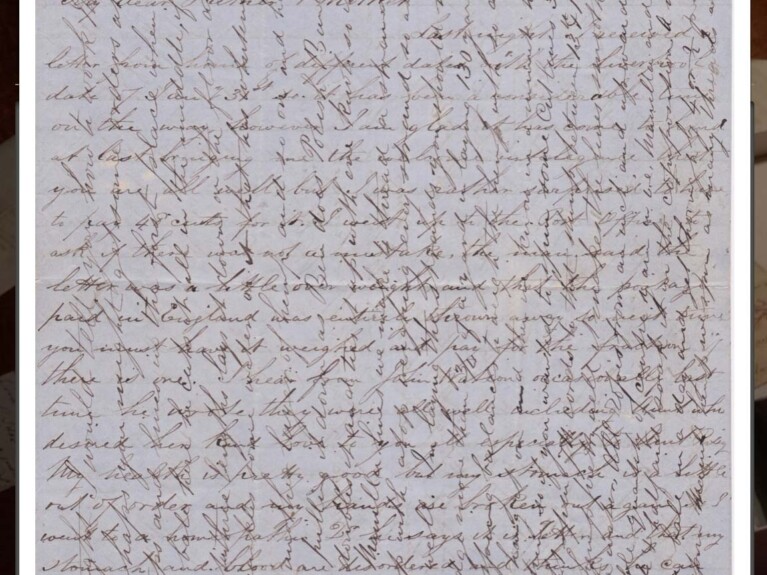Common Challenges to understanding letters from long ago
While this website offers you many mind-opening pictures from Thomas Jackson’s era, all the assembled handwritten letters and old newspaper cuttings make up the most important parts of this site.
However, if a visitor just reads the transcribed interpretations of the old original letters on a digital page, it is easy to forget how arduous and difficult it may have been to interpret the handwriting on the original sheets of paper in the first place. This skill becomes rarer and rarer with the passing years.
Most young people now function mainly in the digital world and so have little personal experience writing in a cursive script themselves, let alone reading the handwriting of others whom they do not not know well.
So even if they are given well-preserved letters with good penmanship (?penwomanship), most folk nowadays struggle to make sense of handwritten communications. This challenge gets even greater, when the original was scribbled over 150 years ago on thin paper (to keep the cost of postage down), with faded ink and with many words that are unrecognizable for folks who cannot guess what topics they are even trying to make sense of!
And to make matters even more challenging, it became a pattern with international letters to not only fill a page writing from left to right but then to turn the page 90º so that it could be filled full in two directions with more information added in a crisscrossed manner. This too was in response to the fact that postage charges usually depended on the weight of the letter how far it had to trave
The Ambassadors have been working on interpreting each document in the Thomas Jackson collection for many years but what has surprised us has been the huge appeal that this part of the process seems to hold for newcomers to historic letters. Our friends frequently ask to be given some samples so they can help us by trying to transcribe the letters themselves! We have come to recognize that an untranscribed letter can be like a tantalizing crossword puzzle. Folk seemingly are drawn to the challenge of becoming detectives and solving the clues to extract the meaning.
For that reason we offer just three samples for our visitors to try solve here. (Each of those cuttings is followed by our transcription!)


